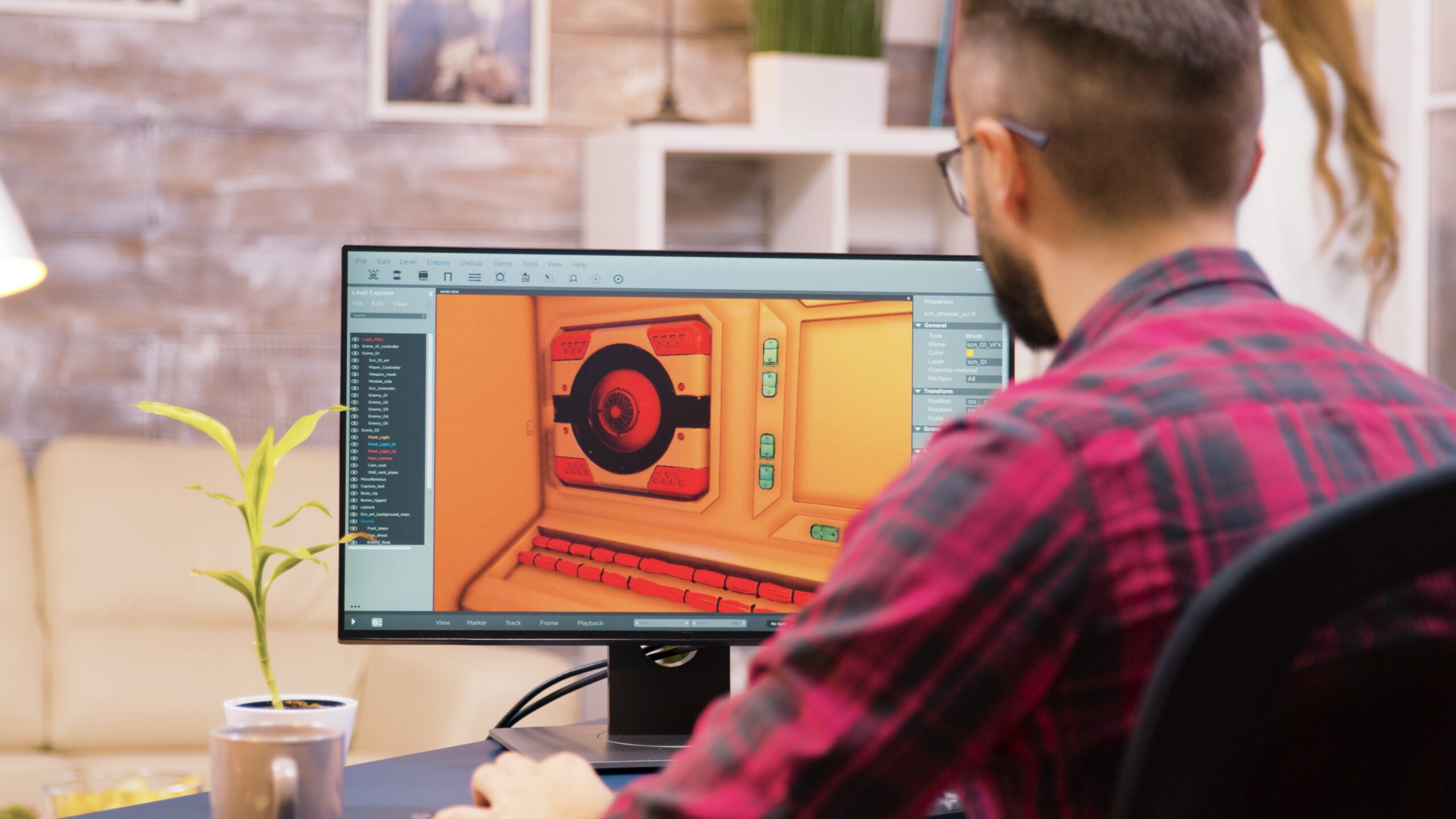Animation is a captivating art form that brings stories to life through moving images. One of the most exciting aspects of animation is creating action sequences that keep viewers on the edge of their seats. Whether it’s a high-speed chase, a thrilling fight scene, or a heart-pounding escape, action sequences require careful planning and execution to ensure they are dynamic and engaging.
In this article, we will explore various approaches to approaching action sequences in animation, providing valuable insights for aspiring animators looking to enhance their skills in this area.
Storyboarding
Before diving into animating action sequences, it is essential to create a detailed storyboard that outlines the sequence of events. Storyboarding allows animators to visualize the action, plan camera angles, and establish the pacing of the scene. By mapping out the key moments in the sequence, animators can ensure that the action flows smoothly and effectively conveys the desired intensity.
Dynamic Posing
Action sequences rely heavily on dynamic posing to convey movement and emotion. When animating characters in action, it is crucial to exaggerate poses to create a sense of energy and impact. Strong silhouettes and clear lines of action help communicate the character’s intentions and enhance the overall readability of the scene.
Timing and Pacing
Timing and pacing play a significant role in the effectiveness of action sequences. Animators must carefully consider the speed of movements, the duration of key poses, and the overall rhythm of the scene. By adjusting the timing of actions, animators can create a sense of urgency, tension, or excitement, depending on the desired effect.
Camera Angles and Shots
The choice of camera angles and shots can greatly influence the impact of an action sequence. Experimenting with different camera perspectives, such as wide shots, close-ups, and dynamic angles, can enhance the visual interest and intensity of the scene. By strategically framing the action, animators can guide the viewer’s focus and create a more immersive experience.
Fluid Motion and Physics
Creating realistic and fluid motion is essential for bringing action sequences to life. Animators must pay attention to the principles of physics, such as weight, momentum, and inertia, to ensure that movements appear natural and believable. By incorporating these principles into their animations, animators can enhance the realism and impact of action sequences.
Special Effects and Sound Design
Special effects and sound design play a crucial role in enhancing the impact of action sequences. Adding visual effects, such as explosions, debris, or motion blur, can heighten the intensity of the scene and make the action more dynamic. Similarly, sound effects, music, and dialogue contribute to the overall atmosphere and emotion of the sequence.
Collaboration and Feedback
Collaboration with other team members, such as directors, storyboard artists, and sound designers, is essential for creating successful action sequences. Seeking feedback from peers and industry professionals can provide valuable insights and help identify areas for improvement. By working collaboratively and being open to feedback, animators can refine their skills and create more compelling action sequences.
Continued Learning and Practice
Like any skill, mastering action sequences in animation requires continued learning and practice. Taking advantage of educational opportunities, such as workshops, seminars, and online courses, can help animators stay current with industry trends and techniques. Platforms like Yellowbrick offer specialized courses in animation that can provide valuable insights and practical skills for aspiring animators.
Studying Action in Film and Animation
To improve their understanding of action sequences, animators can study action scenes in films and animations. Analyzing how filmmakers use camera angles, editing techniques, and sound design to create tension and excitement can inspire new approaches to animating action. By deconstructing and studying successful action sequences, animators can gain valuable insights into effective storytelling through motion.
Pushing Boundaries and Experimenting
Finally, animators should not be afraid to push boundaries and experiment with new techniques when approaching action sequences. Innovation and creativity are essential for standing out in the competitive animation industry. By exploring unconventional ideas, styles, and approaches, animators can create unique and memorable action sequences that captivate audiences and showcase their talents.
Conclusion
Approaching action sequences in animation requires a combination of technical skill, creativity, and attention to detail. By incorporating these approaches into their workflow and practice, animators can elevate their work and create compelling action sequences that resonate with audiences.
Whether working on a high-octane action film, a thrilling video game, or an adventurous animated series, mastering the art of animating action sequences is a valuable skill that can open doors to exciting opportunities in the animation industry.
Key Takeaways:
- Storyboarding is crucial for planning and visualizing action sequences.
- Dynamic posing enhances movement and emotion in action scenes.
- Timing and pacing play a significant role in creating impactful action sequences.
- Experimenting with camera angles and shots can elevate the intensity of the scene.
- Pay attention to fluid motion and physics for realistic animation.
- Special effects and sound design enhance the overall impact of action sequences.
- Collaboration and feedback are essential for refining animation skills.
- Continued learning and practice are key to mastering action sequences.
- Studying action in films and animations can provide valuable insights.
- Pushing boundaries and experimenting with new techniques can lead to unique and memorable action sequences.
For further advancement in animation skills and industry knowledge, consider enrolling in the NYU Animation Industry Essentials online course and certificate program offered by Yellowbrick. This comprehensive program can provide valuable insights and practical skills to help you excel in the competitive field of animation.




